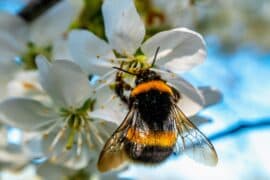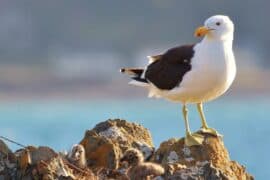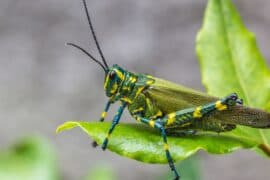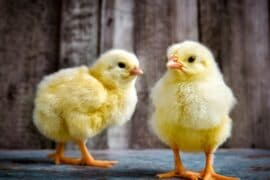Common blackbird
(Turdus merula)
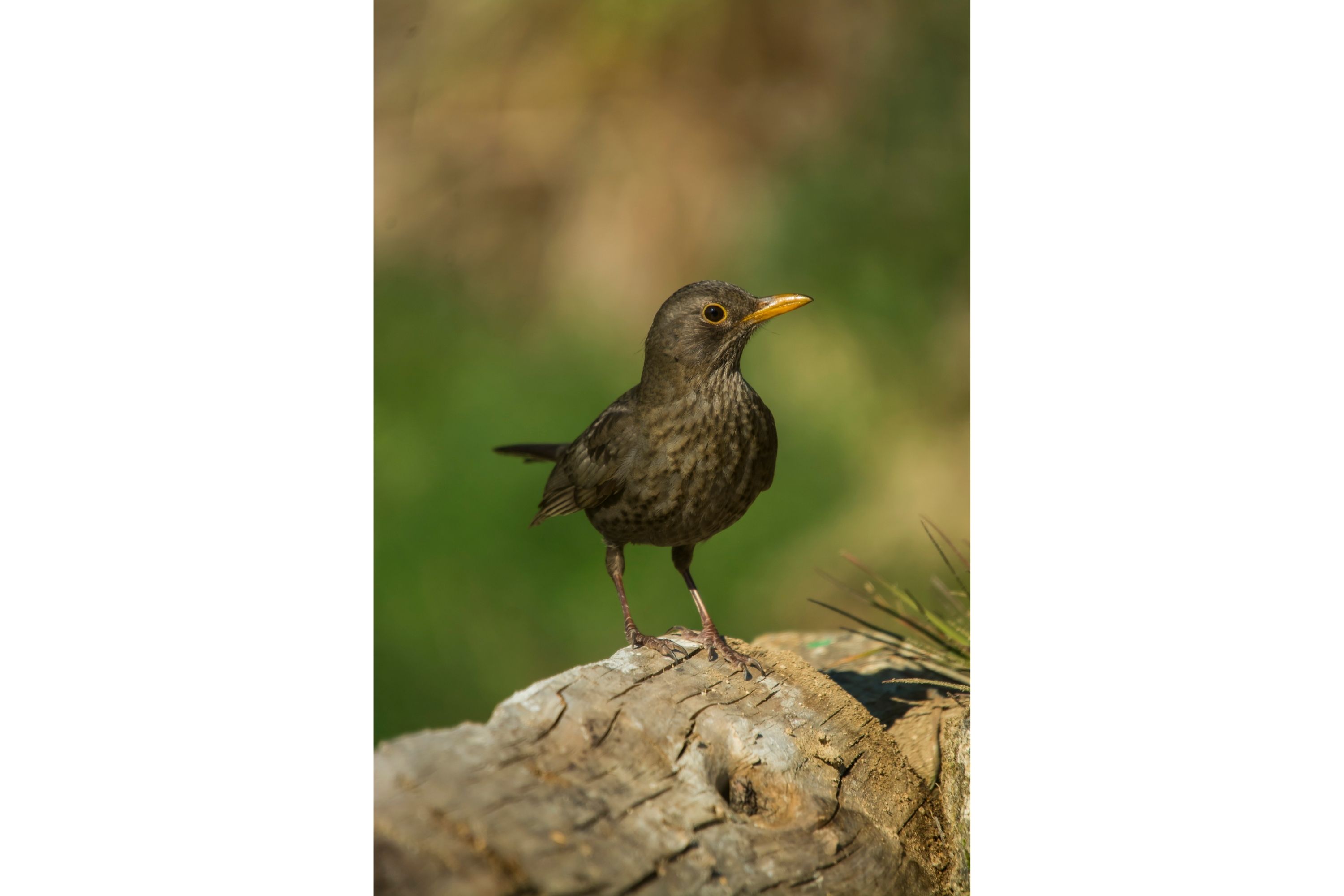
Description
The Turdus merula, commonly known as the Blackbird, is a passerine bird native to Europe, Asia, and North Africa. This species is one of the most common and well-known birds in Europe, and it has become an iconic symbol in many cultures. The blackbird is known for its striking appearance and beautiful song, making it a beloved species among bird enthusiasts. Physical Appearance The Blackbird is a medium-sized bird, measuring between 23 to 29 cm in length and weighing between 80 to 125 grams. The males and females have a similar appearance, with the males being slightly larger. The plumage of the Blackbird is predominantly black, with bright yellow eyes, a sharp yellow beak, and a yellow ring around its eyes. The male has a distinctive orange-yellow bill, while the female has a dark brown bill. The juvenile birds have a speckled brown plumage, which gradually fades as they mature. In contrast, the adult female blackbird's plumage is a dark brown with a slightly paler throat and breast, while the male's feathers have a glossy blue-black sheen. The tail of both sexes is long and slightly rounded, while their legs are pink-brown. Habitat and Distribution Blackbirds are widespread throughout Europe, Asia, and North Africa, and they can be found in a wide range of habitats. The species is particularly adaptable, and it can be found in urban and suburban areas, gardens, parks, woodlands, and farmlands. They prefer areas with trees and shrubs where they can build their nests and forage for food. Blackbirds are migratory birds, and their movements are influenced by food availability and weather conditions. The birds that breed in northern and central Europe migrate south during the winter months, while those that breed in the southern regions remain in their breeding territories throughout the year. Behavior The Turdus merula, or Blackbird, is a diurnal bird, which means it is highly active during the day. Blackbirds are highly territorial and will defend their breeding territories from other blackbirds and other species. The males will often sing from high perches, such as trees or rooftops, to establish their territory and attract a mate. Breeding The Turdus merula, or Blackbird, begins its breeding season in early spring, between March and May, depending on the region. During this time, males establish territories and attract mates by singing from high perches, such as trees or rooftops. Once a pair is formed, they will build a nest together, usually in a bush or tree, using grass, twigs, and other vegetation. The female will lay between 3 to 5 eggs, which she will incubate for around two weeks. Both the male and female blackbirds will feed the chicks, which will hatch in around two weeks. The chicks are born naked and helpless and are fed on a diet of insects and other small invertebrates, which the parents gather from the surrounding area. The chicks will grow rapidly and develop feathers within a few days. They will fledge from the nest in around two weeks and become independent soon after. Blackbirds can raise several broods per year, with each brood consisting of 3 to 5 eggs. The timing of each brood will depend on the region, as well as the availability of food and nesting sites. Diet The Turdus merula, or Blackbird, has a varied diet that consists of insects, worms, snails, fruits, and berries. Blackbirds forage on the ground, using their sharp beaks to dig for food in the soil or pluck fruits from bushes and trees. They are particularly fond of earthworms and will often probe the soil with their beaks to find them. During the breeding season, blackbirds will also feed on caterpillars and other insects to provide their chicks with protein. Blackbirds will also visit bird feeders, especially during the winter months when food is scarce. They are known to eat a variety of foods, including suet, seeds, and fruits. Conservation Status The Turdus merula, or Blackbird, is considered a species of "Least Concern" by the International Union for Conservation of Nature (IUCN). The species is widespread and has a large global population, estimated to be in the millions. However, populations have declined in some regions due to habitat loss, pesticides, and other human activities. In urban areas, the birds may face predation by domestic cats, and collisions with cars can also be a problem. To protect the species, it is essential to conserve and restore their habitats and reduce the use of pesticides. Maintaining and creating green spaces, such as parks and gardens, can provide valuable habitat for blackbirds and other wildlife. Additionally, providing food and water sources, such as bird feeders and bird baths, can help support blackbird populations in urban and suburban areas. Conclusion The Turdus merula, or Blackbird, is a beautiful and widespread species of bird that is beloved by bird enthusiasts and the general public alike. Its striking appearance and beautiful song make it a familiar sight and sound in many parts of the world.
Taxonomic tree:

